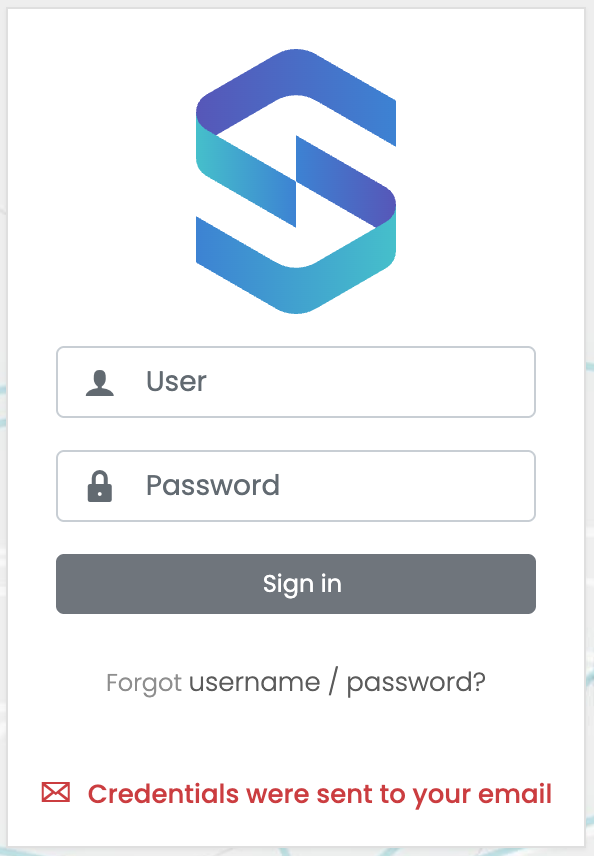Prepare the System
Before starting the installation, make sure that your system meets the minimum requirements and is up to date.Please refer to the System Requirements page in the UTMStack documentation for detailed information about the recommended specifications for your environment.
Linux Installation Guide
Execute the following commands to update the package list and install the required dependencies on your Ubuntu 22.04 LTS system:Step 1: Download the Installer Script
Download the latest version of the UTMStack installer script from the official UTMStack website. You can use the following command to retrieve the script:Step 2: Grant Execution Permissions
Change to the root user to ensure proper execution of the installer script:Step 3: Run the Installer
Now, you are ready to run the installer script and begin the installation process. Execute the installer without parameters:Step 4. Trubleshooting
Step 5: Configuration of UTMStack
After successfully installing UTMStack on your servers, it is important to configure the necessary services to ensure proper functionality. This step involves setting up best-practice firewall rulesets to control network traffic effectively. Additionally, you have the option to integrate third-party applications like M365 to enhance UTMStack’s capabilities. To learn more about the specific firewall rules you need to create for UTMStack, please refer to the Firewall Rules section for detailed instructions.Step 6: Installing and Configuring an SSL/TLS certificate
Go to Configuring an SSL/TLS certificate section for detailed instructions.Step 7: Accessing the UTMStack Platform
Once you have successfully installed the server, you can now access the platform and start using it for your cybersecurity needs. Follow these steps to log in to the UTMStack platform: Open your preferred web browser. Enter the HTTPS URL of your server’s name or IP address in the browser’s address bar. For example, if your server’s IP address is 192.168.0.100, you would enter https://192.168.0.100. Press Enter to load the UTMStack login page.
Note: Use HTTPS in front of your server name or IP to access the login page.